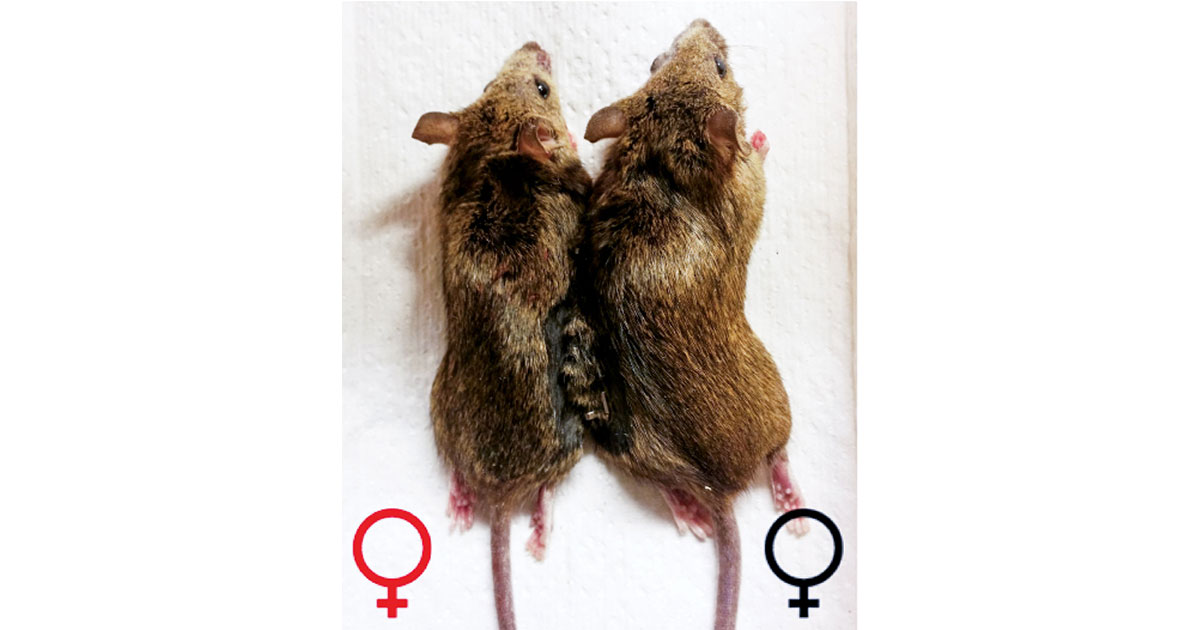Advertisement
Grab your lab coat. Let's get started
Welcome!
Welcome!
Create an account below to get 6 C&EN articles per month, receive newsletters and more - all free.
It seems this is your first time logging in online. Please enter the following information to continue.
As an ACS member you automatically get access to this site. All we need is few more details to create your reading experience.
Not you? Sign in with a different account.
Not you? Sign in with a different account.
ERROR 1
ERROR 1
ERROR 2
ERROR 2
ERROR 2
ERROR 2
ERROR 2
Password and Confirm password must match.
If you have an ACS member number, please enter it here so we can link this account to your membership. (optional)
ERROR 2
ACS values your privacy. By submitting your information, you are gaining access to C&EN and subscribing to our weekly newsletter. We use the information you provide to make your reading experience better, and we will never sell your data to third party members.
Biological Chemistry
Tagging Peptides Enables C-Terminomics
A strategy is unveiled for easily finding proteins activated by cleavage at the C-terminus, rather than the N-terminus
by Sarah Everts
June 7, 2010
| A version of this story appeared in
Volume 88, Issue 23
Many proteins are activated by a quick snip at their ends by protease enzymes. However, the bulk of what is known about protease activity involves proteins that are cleaved and then sequenced from the N-terminus. Until now, there hasn’t been a robust, inexpensive procedure that enables unbiased fishing for proteins that get activated by C-terminal cleavage in complex protein mixtures, such as in cells. A solution to this problem comes from Christopher M. Overall of the University of British Columbia, Vancouver, and coworkers who are reporting a method for quantitative, proteome-wide analysis of proteins that get cleaved at the C-terminus as part of their role in a cell (Nat. Methods, DOI: 10.1038/nmeth.1467). The team discovered a set of protection and proteolytic steps that results in a tagged C-terminus peptide that is separated from the rest of the protein. Although a handful of biochemical processes are known to be activated by C-terminal cleavage—including the processing of peptide hormones—the researchers believe many more such processes will be found now that the new strategy is available.




Join the conversation
Contact the reporter
Submit a Letter to the Editor for publication
Engage with us on Twitter